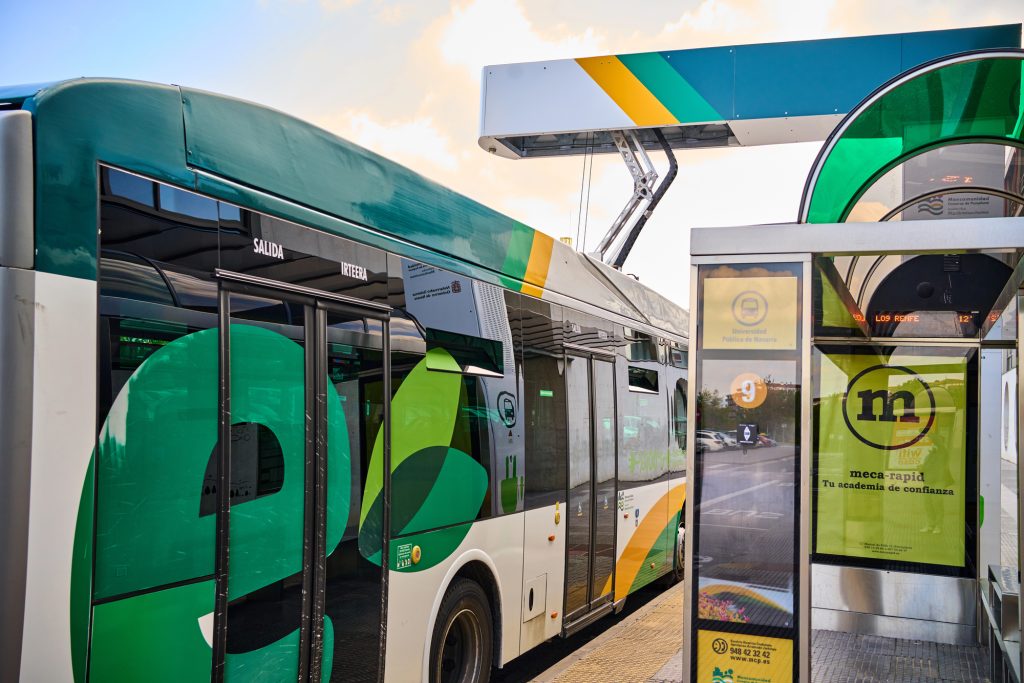The yellow school bus is one of the most iconic sights on American roads, but its future is undergoing a quiet revolution. As more districts turn to electric models, this shift isn’t just about going green, it’s about rethinking how we move the next generation. From cleaner air to quieter streets and major cost savings, the benefits of electric school buses stretch far beyond the initial sticker price. Here are 12 reasons why the transition from diesel to electric school buses isn’t just smart, it’s essential.
Reduced Greenhouse Gases
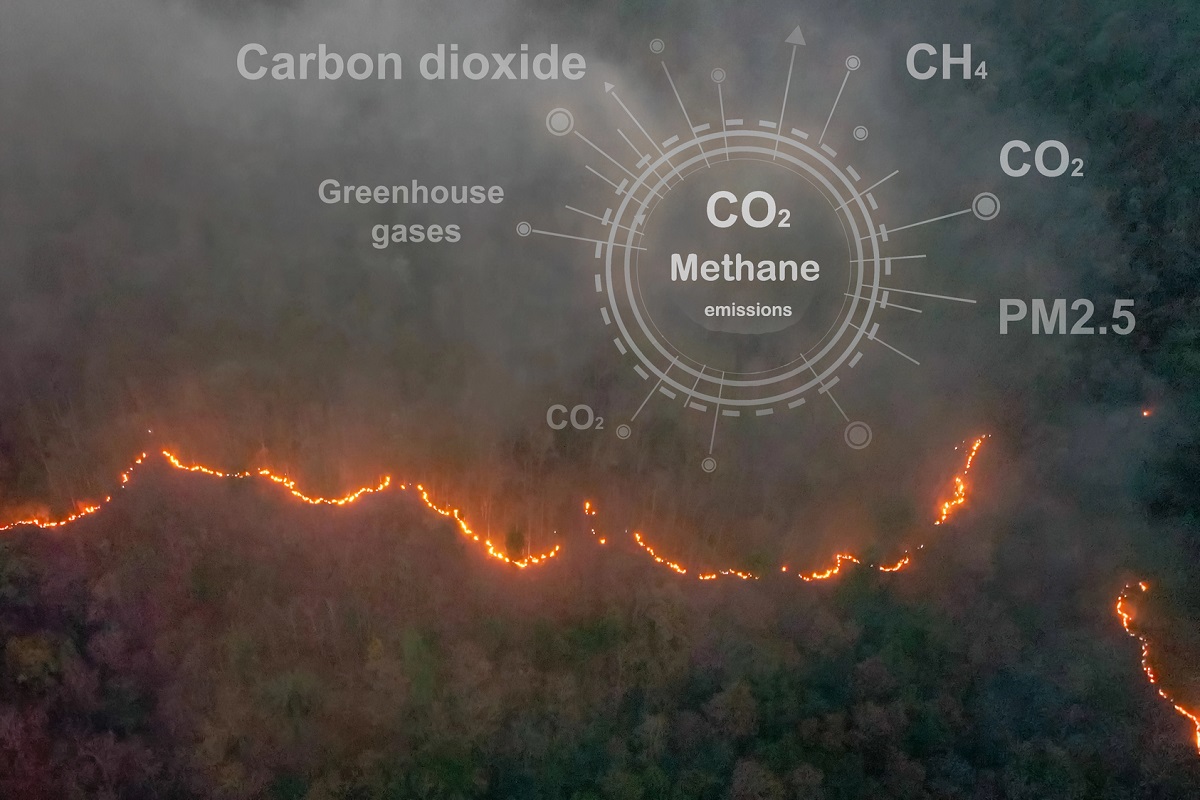
Compared to diesel-powered buses, electric buses can cut greenhouse gas emissions by more than half, even when accounting for electricity generation. As the power grid becomes greener, those numbers only improve, offering a long-term climate solution. It’s a powerful step toward meeting local and federal emissions reduction goals.
Lower Operating Costs

Electric buses are cheaper to run thanks to lower energy costs and fewer moving parts needing maintenance. Over time, districts can save thousands of dollars per vehicle annually, funds that can be redirected to books, technology, or teacher support. The long-term savings make electric buses not only eco-friendly but also financially responsible.
Zero Tailpipe Emissions

Electric school buses produce no tailpipe emissions, which means no nitrogen oxides, no particulate matter, and no smog-forming pollutants. This drastically reduces children’s exposure to harmful chemicals during daily commutes, especially for students with asthma or respiratory conditions. Cleaner air directly translates to healthier communities and fewer missed school days due to health issues.
Instant Torque and Smooth Acceleration
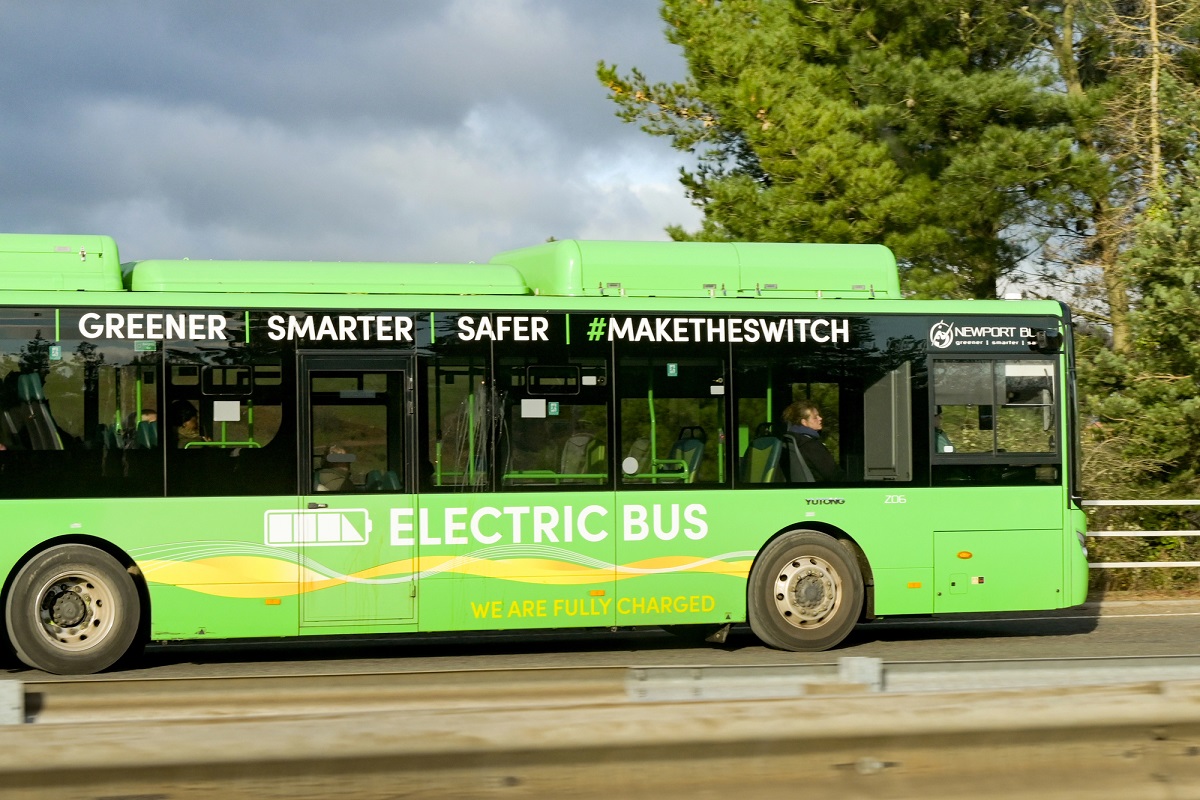
Unlike diesel buses that struggle to climb hills or accelerate smoothly, electric buses offer near-instant torque and consistent performance. This makes them safer in merging traffic and better equipped to handle urban routes with frequent stops. Students also enjoy a more comfortable, less jarring ride.
Related: 11 Ways That BYD’s New Tech Could Flip The EV Industry On Its Head
Noise Pollution Drops

Electric buses are significantly quieter than their diesel counterparts, reducing noise pollution in neighborhoods and around school zones. The peaceful operation also helps reduce stress for drivers and students alike. In busy areas, this difference is not only noticeable, but it’s also deeply appreciated.
Related: 11 Places Drivers Swear By For Free Top Off For Tires
Stronger Funding Incentives

Government programs at both the state and federal levels are pouring money into electric school bus conversions. From grants to tax breaks, these incentives make it easier for school districts to afford the initial investment. This financial backing is accelerating the adoption across even budget-strapped school systems.
Related: 10 Unbelievable Details That Make This Shelby Hertz Mustang A Time Capsule On Wheels
Improved Public Perception
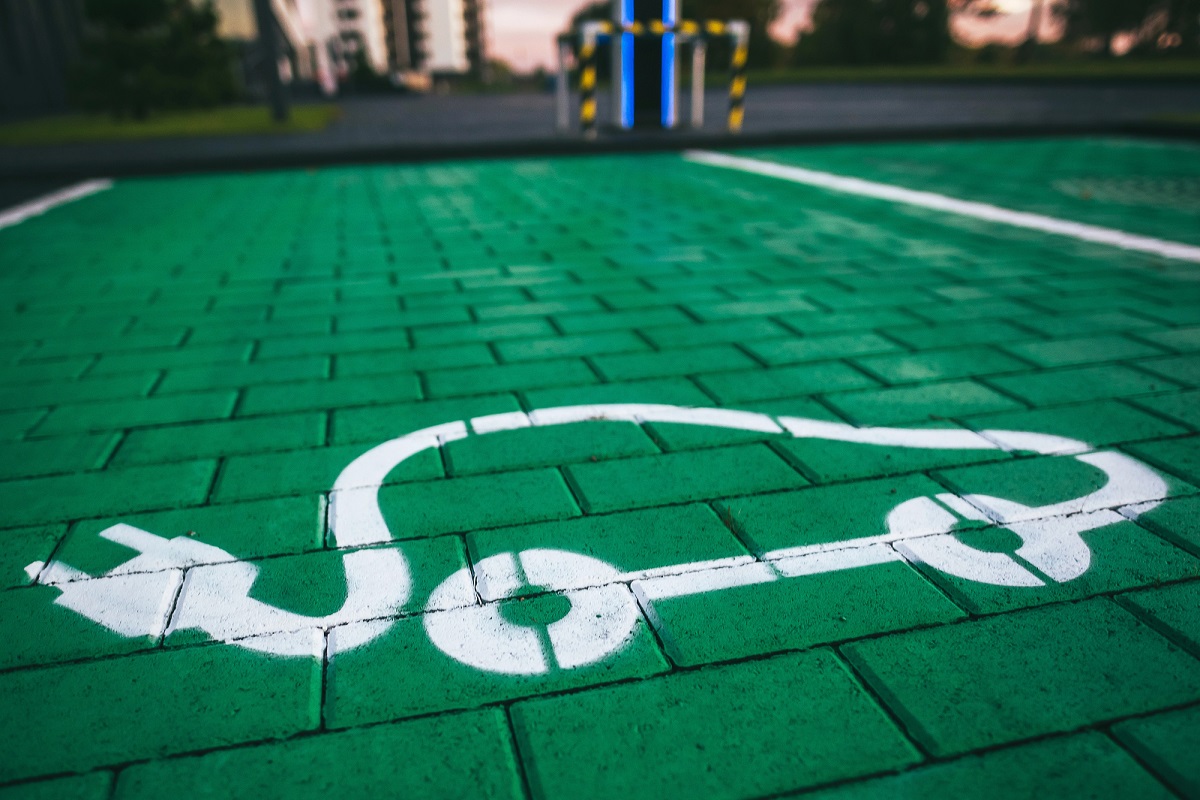
Communities see electric buses as a commitment to innovation and environmental responsibility. Parents and teachers are increasingly advocating for clean transportation to protect student health. This positive public sentiment builds trust in local leadership and encourages further green investments.
Related: How The Porsche 911 That Nobody Wanted Became One Of The Most Valuable In 12 Bold Facts
Longer Lifespan with Fewer Repairs
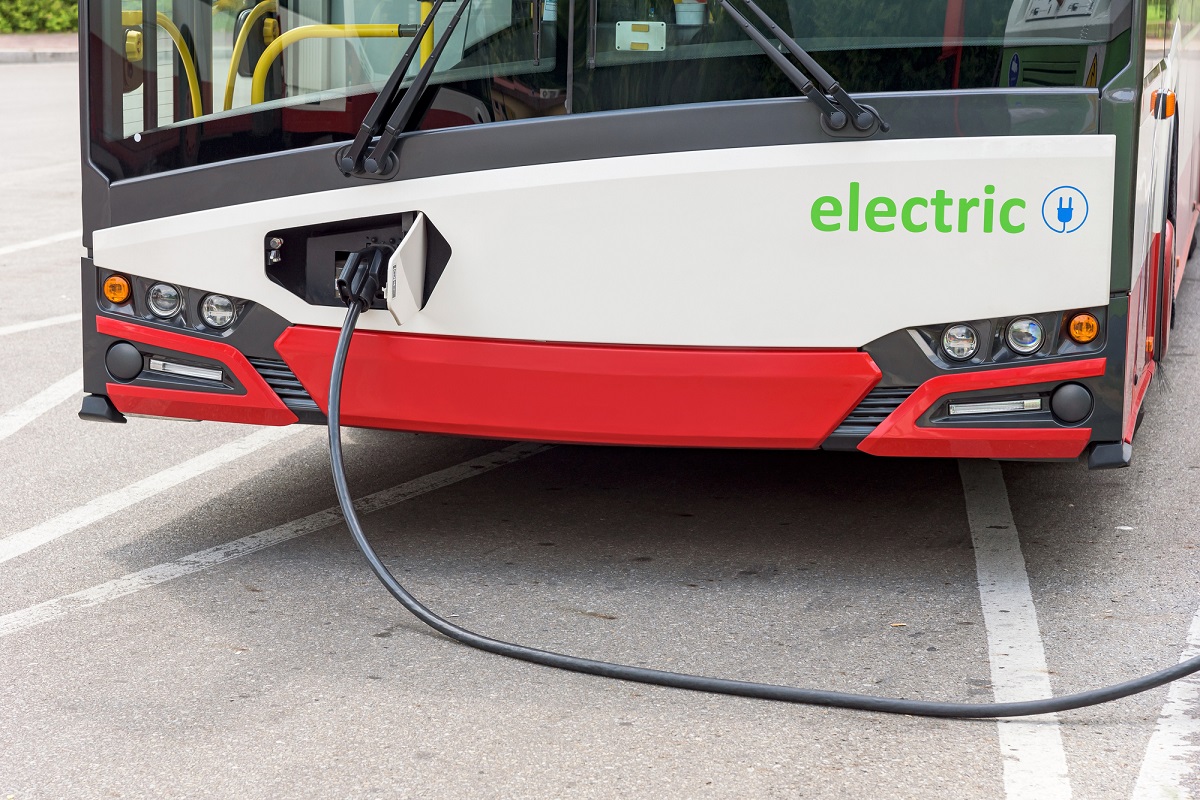
Electric motors have far fewer components than diesel engines, which results in less wear and tear. With no need for oil changes or complex exhaust systems, the buses require less frequent maintenance. The durability and simplicity of electric drivetrains extend vehicle life and reduce downtime.
Related: 13 Things 100 Years Of Rolls Royce Phantom Excellence Taught Us
Easier Charging Infrastructure Development
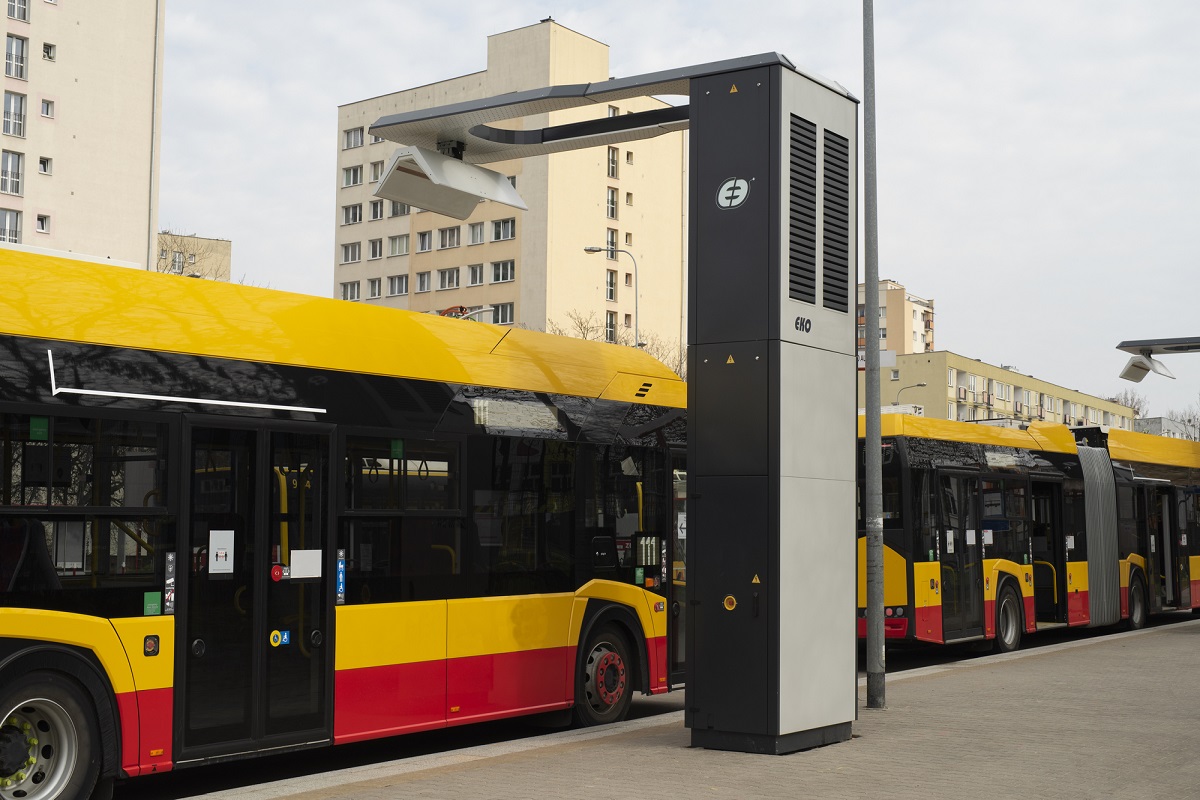
As more electric buses hit the road, infrastructure like fast-charging stations and smart-grid support is becoming more accessible. Utilities and private companies are working with districts to install cost-effective, scalable solutions. Once in place, this infrastructure supports future fleet expansions with minimal hassle.
Related: 12 SUV Accessibility Hacks Every Traveler Needs To Know Now
Vehicle-to-Grid Technology Potential
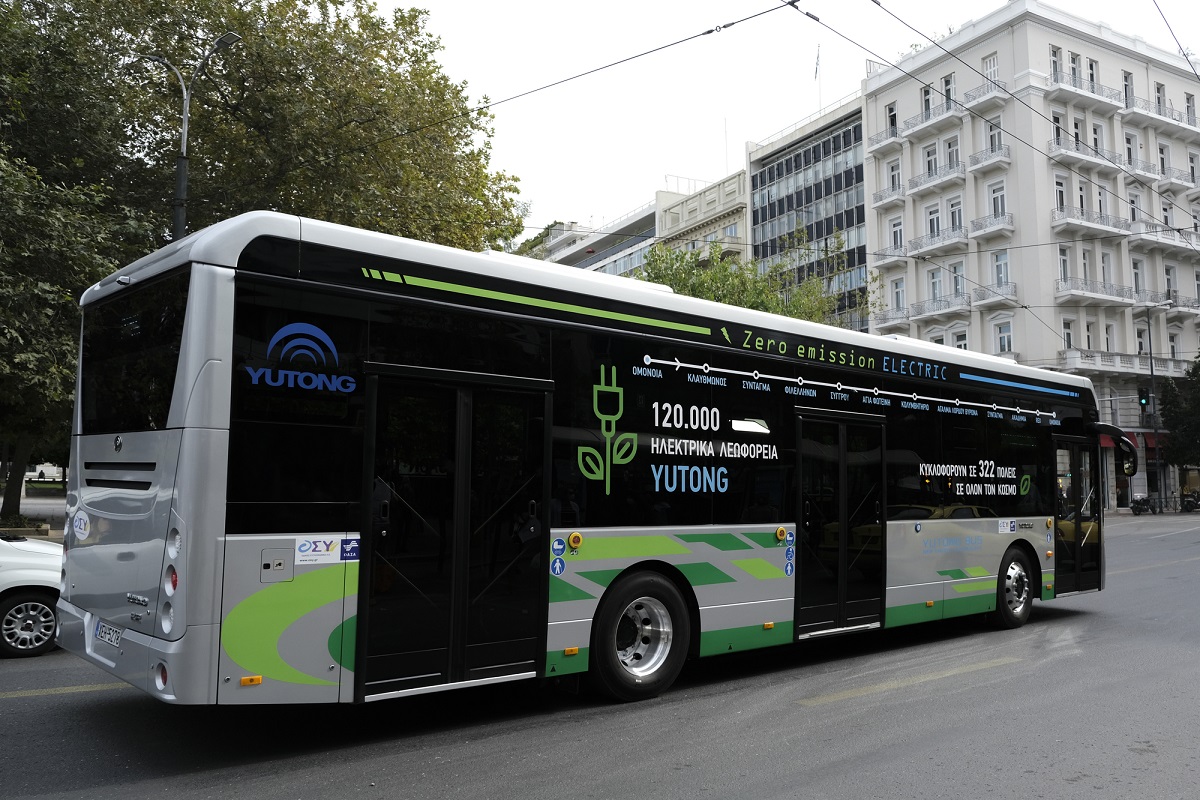
Electric buses can potentially feed energy back into the grid when not in use, especially during peak electricity demand periods. Known as vehicle-to-grid (V2G), this technology turns idle school buses into mobile energy assets. In some pilot programs, districts are already earning extra income this way.
Related: 11 Things Only Smart Bikes Know That Could Save Your Life
Better Air Quality Inside the Cabin

Diesel fumes can enter bus cabins through leaks or windows, exposing students to harmful particles during rides. Electric buses eliminate this exposure, ensuring the air inside is much cleaner and healthier. This has measurable effects on student focus, behavior, and wellness throughout the school day.
Related: These 10 Cars Were Made For Tacos And Long Drives
Future-Proof School Transportation

As diesel bans and zero-emission mandates gain momentum, transitioning now avoids last-minute scrambles later. Electric buses align with future regulations and infrastructure development, giving schools a head start. Forward-thinking districts are already securing their place in tomorrow’s transportation landscape.
Related: Avoid These 10 Night Driving Mistakes Before Heading To That Epic View
The move from diesel to electric school buses isn’t a distant dream; it’s happening now, and its impact is powerful. These clean, quiet, and cost-effective vehicles are transforming how students travel and how communities breathe. Beyond the environmental benefits, the shift reflects a broader cultural change toward smarter, healthier public services. As more schools plug into the electric future, they’re doing more than just upgrading transportation, they’re investing in the well-being of the next generation.
Disclaimer: This list is solely the author’s opinion based on research and publicly available information.
10 Wild Ways Emergency Vehicles Have Transformed Through History

Emergency vehicles have come a long way from their humble beginnings, evolving through major leaps in technology, design, and function. What began as basic wagons pulled by horses has turned into fleets of high-tech, life-saving machines that respond in seconds. Each era has pushed the boundaries of speed, communication, and mobility to meet the demands of public safety. Let’s take a look at 10 wild transformations that show just how far emergency vehicles have come over time.
Read it here: 10 Wild Ways Emergency Vehicles Have Transformed Through History
12 Ways This Mercedes Electric Van Is Ready To Conquer The Roads And Beyond
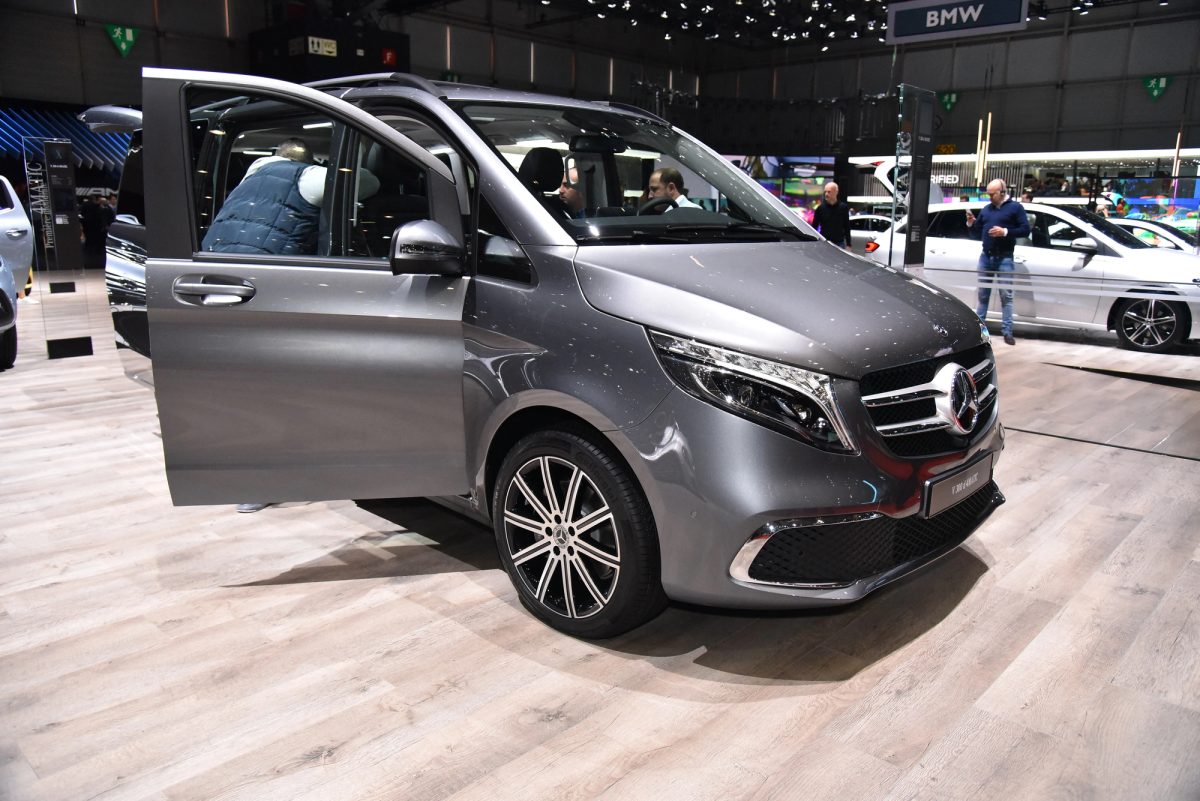
Mercedes has stepped into the electric van arena with a bold new offering that combines cutting-edge innovation, sustainability, and legendary German engineering. This new electric van isn’t just about getting from point A to B, it’s about transforming how we think of utility, performance, and design in the EV market. With a perfect blend of luxury and functionality, it’s engineered to handle city streets, rugged terrain, and everything in between. Here are 12 ways this Mercedes electric van is truly ready to conquer the roads, and beyond.
Read it here: 12 Ways This Mercedes Electric Van Is Ready To Conquer The Roads And Beyond
11 Insane Camper Van Makeovers That Will Blow Your Mind

Camper vans have evolved from simple travel vehicles into fully customized mobile homes with unbelievable transformations. From luxurious interiors to off-grid survival setups, these camper van makeovers redefine adventure on wheels. Whether you dream of a cozy escape or a rugged overlander, these incredible builds will leave you inspired.
Read it here: 11 Insane Camper Van Makeovers That Will Blow Your Mind
You’ll love these related posts:
